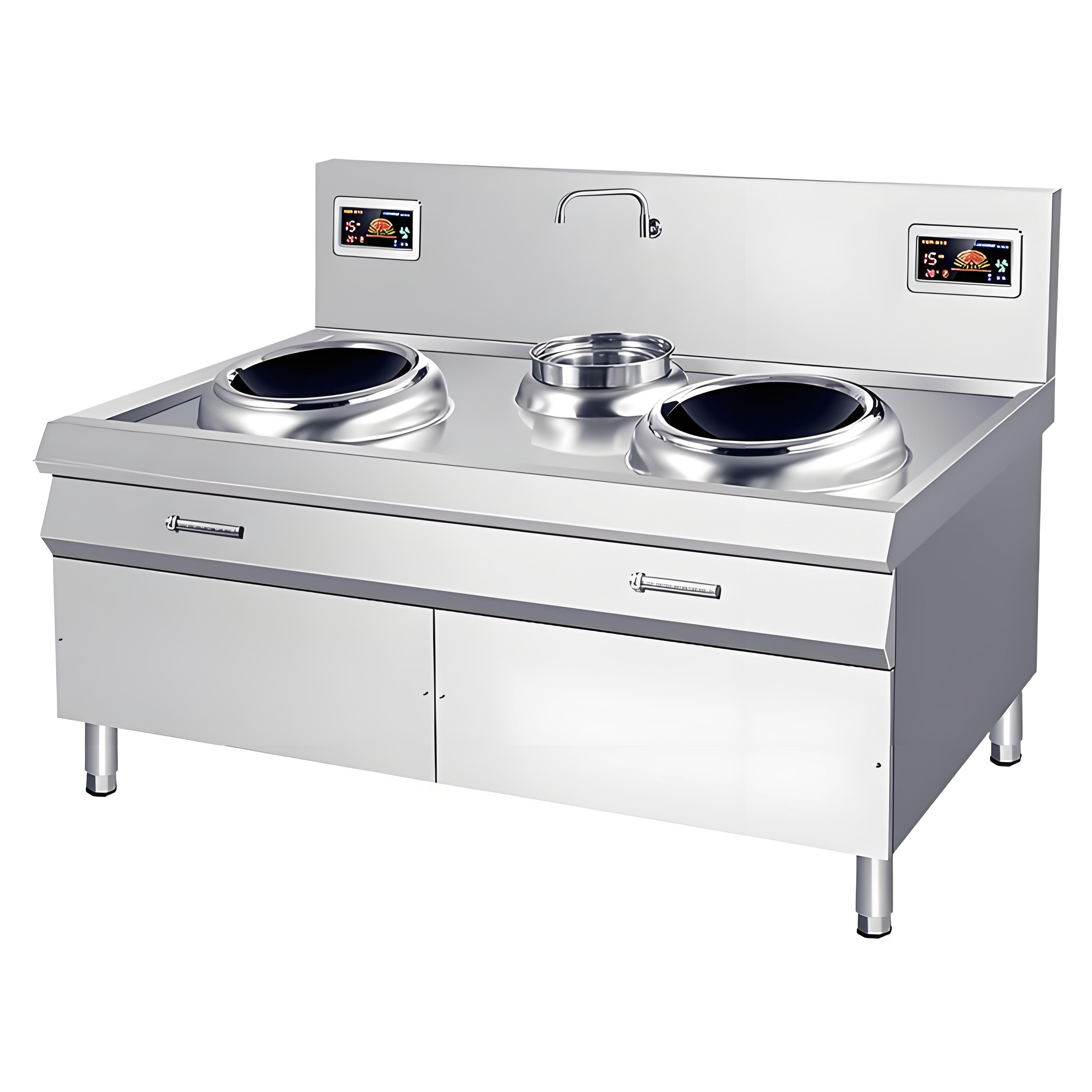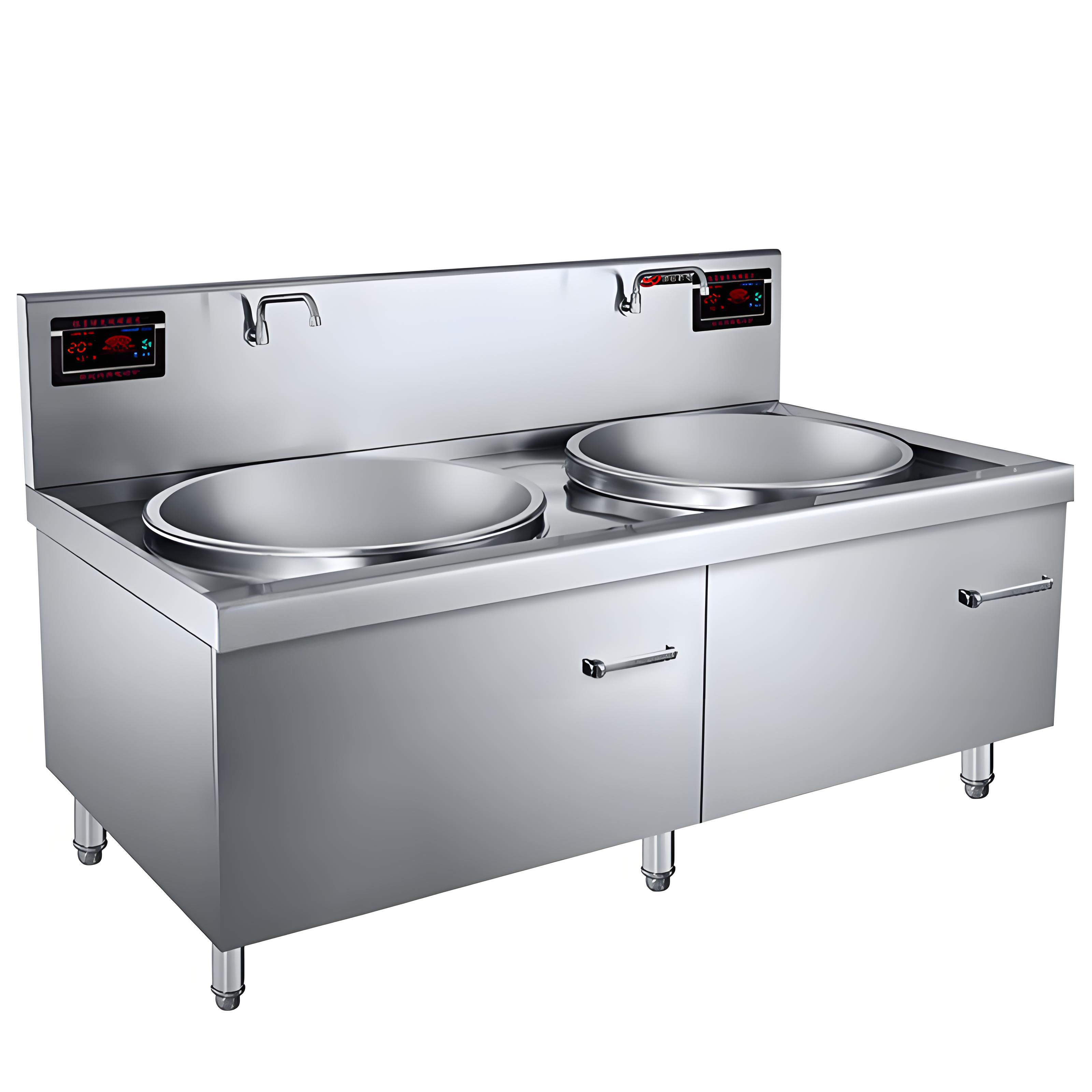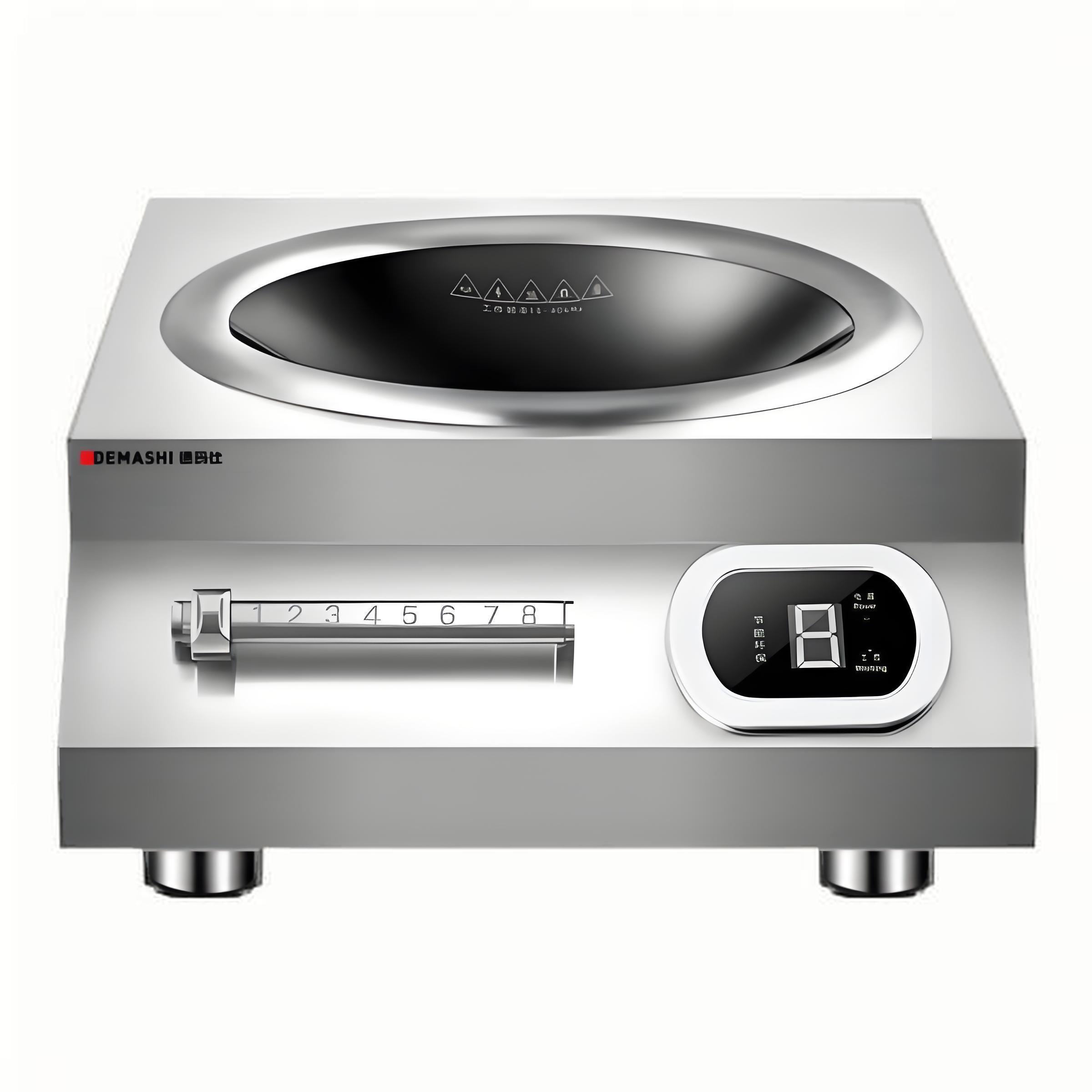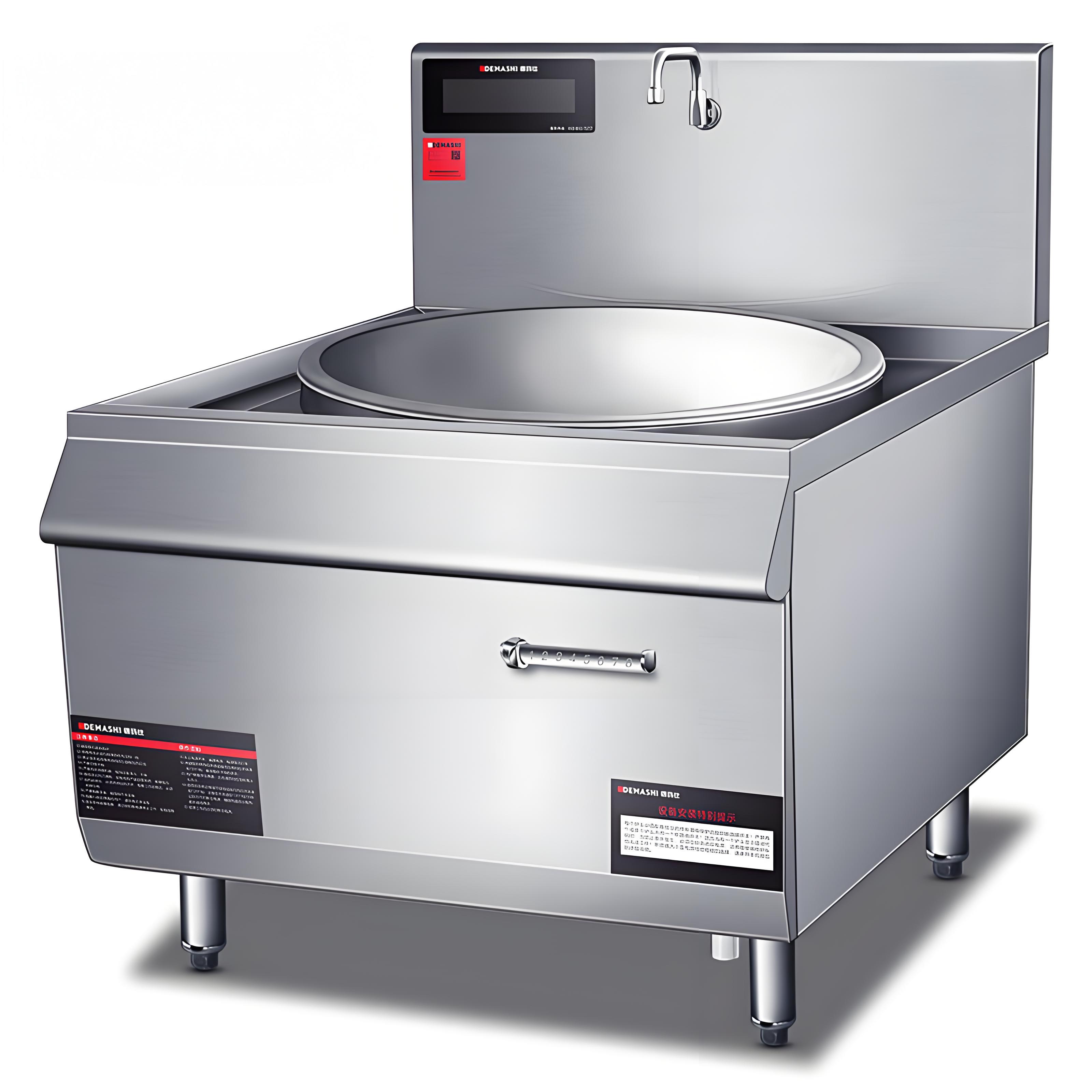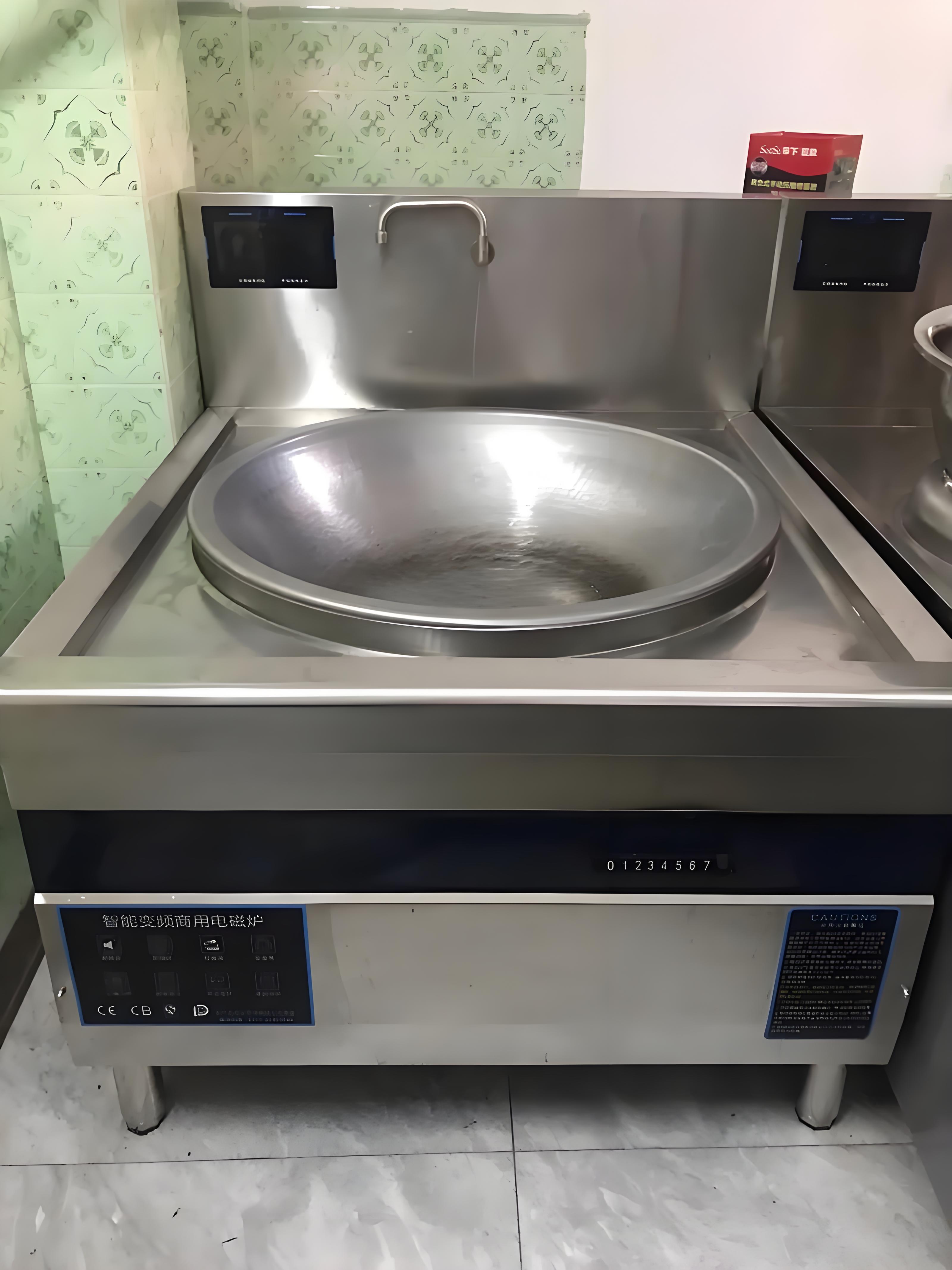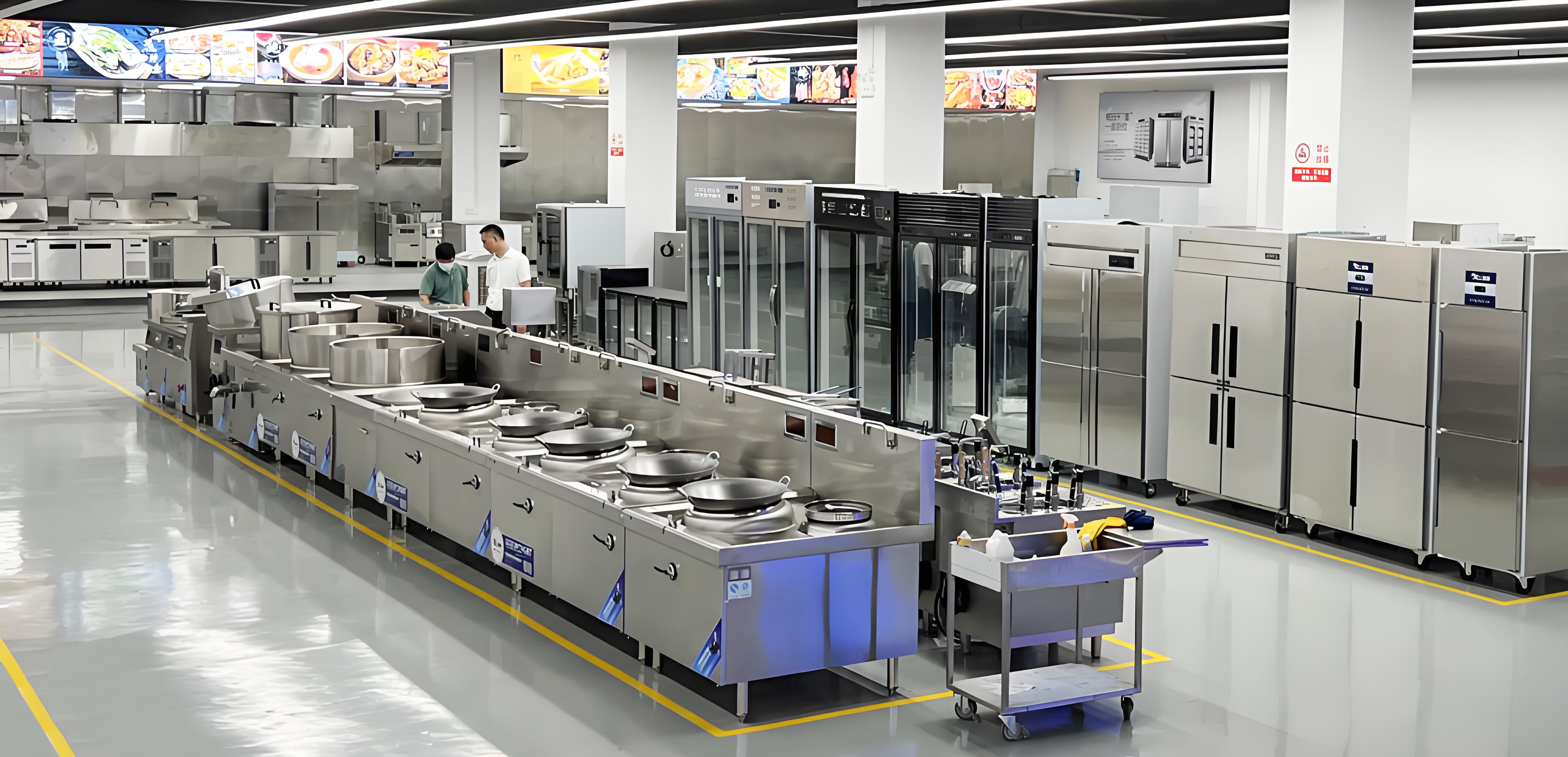As someone who has spent well over a decade immersed in the commercial kitchen equipment industry — from installation sites to bustling hotel kitchens — I’ve often been asked a deceptively simple question: “How do I pick the right induction cooker for the number of customers I serve?”
Most people think it’s just about picking a bigger or smaller stove, but after years of consulting for restaurants, hotels, and even factory canteens, I can tell you it’s rarely that straightforward. The key is balancing output capacity, menu demands, and long-term operational costs, all while matching the size of your guest flow.
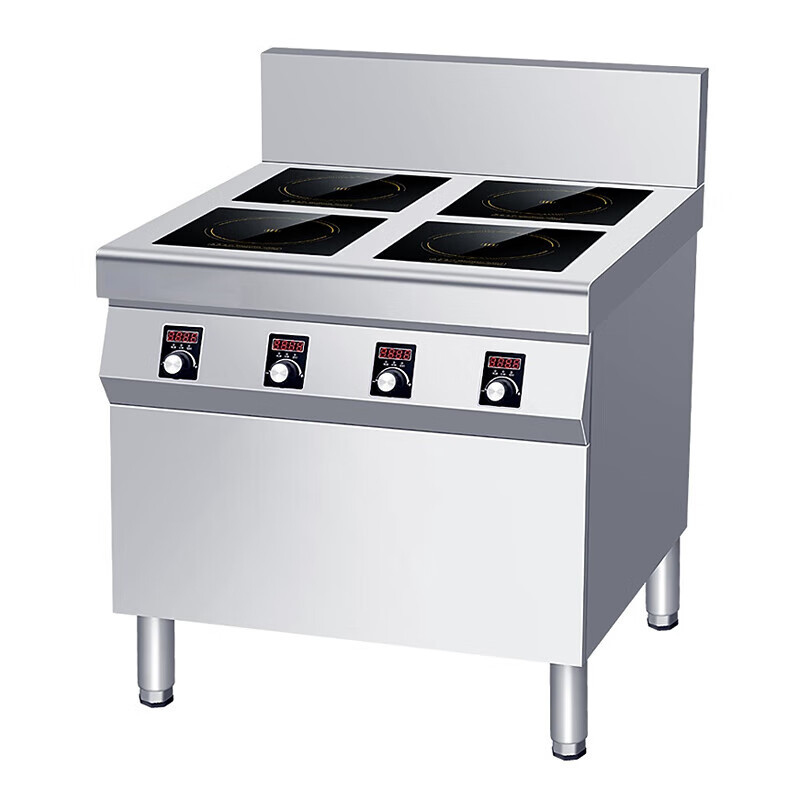
This guide will walk you through how I evaluate these choices for my clients. I’ll give practical rules of thumb, highlight common traps, and show you a comparative table you can use as a quick reference.
Why is this important?
Let’s start with a simple truth: over- or under-sizing your induction equipment can cost you dearly.
Go too small, and your kitchen can’t keep up, leading to delays, stressed chefs, and unhappy customers.
Go too big, and you’ve sunk extra money into an oversized unit that wastes energy and takes up precious kitchen space.
I’ve seen small cafés struggling with an induction cooker meant for a 300-seat banquet hall — paying higher utility costs for nothing. Likewise, large canteens trying to run on underpowered tabletop induction ranges, ending up with frustrated lines of diners.
So, how do we get it right?
The starting point: Number of diners isn’t everything
Many people believe:
“If I serve 100 people a day, I should buy a 100-person cooker.”
Unfortunately, it’s not that simple.
You need to consider:
Peak vs average load: Are you serving 100 over 3 hours or 100 all arriving at noon?
Type of menu: Stir-fries? Soups? Steamed dishes? Each puts different demands on your equipment.
Kitchen workflow: Are you cooking to order, or preparing in bulk and holding warm?
Turnover frequency: How many sittings per meal period?
A typical sizing guide
That said, here’s a general reference table I’ve developed over years of field experience. It gives you a ballpark for typical Chinese-style kitchens (lots of stir-frying and soups).
| Number of diners per meal | Recommended type of induction cooker | Typical power rating (kW) |
|---|---|---|
| 30-50 | Single-head small soup or stir-fry cooker | 5kW-8kW |
| 50-100 | Double-head cooker or medium soup range | 8kW-12kW |
| 100-200 | Large wok induction cooker + soup induction cooker | 12kW-20kW |
| 200+ | Multiple large woks, dedicated soup & stock cookers | 20kW and above |
A restaurant specializing in quick stir-fry might need more burners even for 80 guests, while a place serving mostly cold dishes might get by with much less.
My tried-and-true selection process
Let me give you a glimpse into how I help clients pick the right model. Over countless projects, I’ve come to rely on a simple checklist.
1. Estimate your hourly peak
Ask yourself:
What’s your busiest hour?
How many portions will be cooked in that hour?
What dishes require the most time on the stove?
For example, a factory canteen may serve 300 staff, but if they’re spread over two hours, your cooker needs are very different from a school that sees 300 kids line up all at once.
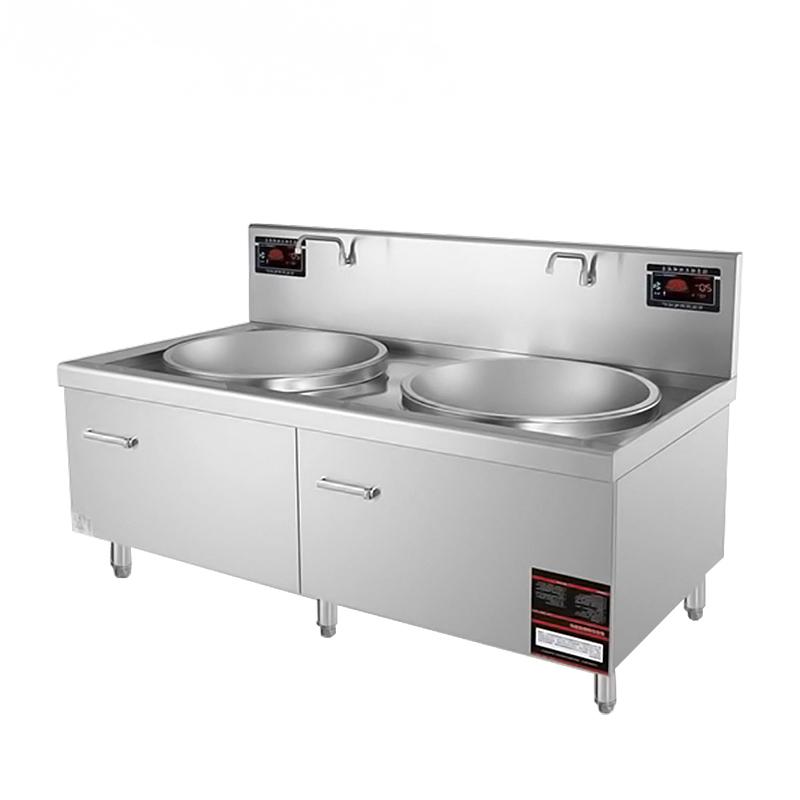
2. Map out dish cooking times
Different dishes occupy the stove for different durations.
Stir-fry: 3-5 minutes
Soup: 10-20 minutes simmering
Steamed rice: usually handled in a separate steamer
Understanding your menu flow is crucial. A buffet with pre-cooked items might need only strong holding power, while a short-order restaurant needs instant, intense heat.
3. Consider simultaneous demands
Many chefs want to be able to cook multiple dishes at once. This means either multi-head induction cookers or several units.
A quick real-world case
A few months ago, I helped a mid-size restaurant that does about 150 covers at lunch. Their menu is mostly fast stir-fry with a few clay pot dishes. They originally thought a 12kW single-head induction wok would be enough.
But after we calculated:
70% of orders require wok cooking
Each dish takes ~5 minutes
Peak hour: ~90 orders
They’d have had bottlenecks. So we recommended:
A 12kW induction wok for stir-fry, plus
A 5kW induction flat stove for clay pots or holding.
This split load kept everything moving smoothly.
Tips on matching power ratings
From years of tweaking kitchens, I generally use these rough rules of thumb:
5-8kW: Ideal for light duty, small cafes, or supplemental use (sauces, sides).
8-12kW: Good for medium-load stir-frying or soup stations.
12-20kW: Workhorse for busy wok or stock pots in mid-large restaurants.
20kW+: For canteens, hotels, or where high-volume boiling and stir-fry happen simultaneously.
Don’t ignore these overlooked details
Ventilation & cooling
High-power induction units still produce a lot of residual heat. A 20kW induction cooker needs adequate air flow — not just to protect chefs but to ensure the electronics last. I’ve seen poorly ventilated setups where control boards failed in under a year.

Electrical supply
A 20kW cooker requires robust wiring and breakers. Always verify your kitchen’s electrical infrastructure can support the load. Many older buildings cannot handle multiple high-wattage cookers without upgrades.
Cookware compatibility
Commercial induction units typically need thicker, magnetic bottom cookware. Using thin pots leads to uneven heating and frequent temperature sensor alarms.
Why induction still wins
You might wonder — with all these considerations — is induction worth it compared to gas?
Absolutely.
I’ve converted countless kitchens from gas to induction. The benefits speak for themselves:
Higher thermal efficiency (up to 90%) vs ~50% for gas.
Cooler kitchens, reducing HVAC load.
Precise temperature control (some units offer ±1℃ adjustment).
No open flame risks, important for malls & hotel kitchens.
But sizing correctly is what turns these advantages into daily savings rather than headaches.
FAQs
Q: How do I calculate total kitchen power needs if I have multiple induction units?
A: Add up the rated power of all units you plan to run simultaneously. Then verify your electrical circuit breakers and wiring can handle at least 1.2 times that total load for safety.
Q: Does having a higher kW always mean faster cooking?
A: Generally yes, but only up to a point. Beyond about 20kW on a single pot, gains taper off unless you’re doing very large batch cooking. Better to split across multiple burners.
Q: What if my customer numbers fluctuate a lot — say 50 some days, 200 other days?
A: Go for modular setups. For example, two 12kW units rather than one massive 24kW. That way you can run just one during slow days.
Q: Is it true that induction reduces kitchen cleaning needs?
A: Yes, significantly. No soot or yellowing of walls. Many kitchens recoup their extra upfront induction investment just from lower cleaning and maintenance costs over 2-3 years.
Wrapping up
In all my years helping kitchens upgrade or build from scratch, one lesson stands out: Choosing the right induction cooker isn’t just about the number of diners — it’s about matching your actual cooking workflow.
If you’re unsure, get professional advice. Many induction manufacturers (ours included) offer free kitchen load calculations and even site visits.
Done right, you’ll enjoy not only faster service and happier chefs but also noticeably lower energy bills.
